Polishing your car is one of the best ways to make the paint look glossier and shinier and really enhance the finish. Polishing removes a layer of your car’s clear coat to expose a flat, smooth layer that light reflects off evenly, creating a higher gloss level.
One of the biggest questions in detailing is, should you polish a new car? In this article, I’ll be addressing this issue so you can decide whether your brand new car needs a polish, or if you’re good to go. So let’s get started!
The Quick Answer
Most new cars should be polished because clear coat is likely to be scratched from improper washing at the car dealership. However, if the paint is in good condition, then it is not necessary to polish the car.
Polishing cuts away a layer of the paint to create a flat surface which reflects light evenly, creating a shinier appearance. It is not the same as waxing which adds a layer of protection to your paint.
Looking for some great detailing products to take car of your new car? Make sure you check out my recommended products page for all my current top picks.
Polishing 101
First, before actually deciding whether to polish your paint or not, I think it’s very important to get to grips with what polishing actually is, and what it isn’t.
Polishing helps to make your car look glossier by making the paint flatter. This helps light to reflect off the surface evenly, and makes it look shinier.
POLISH AND WAX ARE NOT THE SAME THING
Polish is used to correct the paint, whilst waxing is used to add a layer of protection to the paint.
Check out my comparison of waxes and polishes to learn more about the differences.
This is the structure of your car’s paint. It’s important to know, that the condition of the clear coat is what determines how shiny your car looks. The more level it is, the glossier the paint will be.
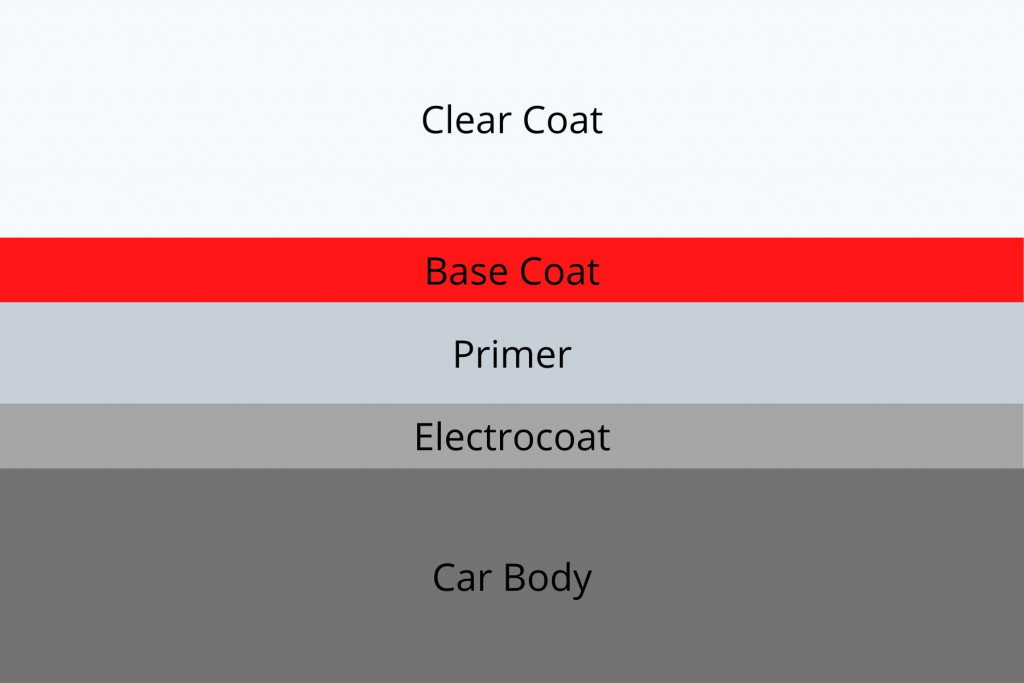
Unfortunately the clear coat is rarely completely smooth. Instead, it looks like this.
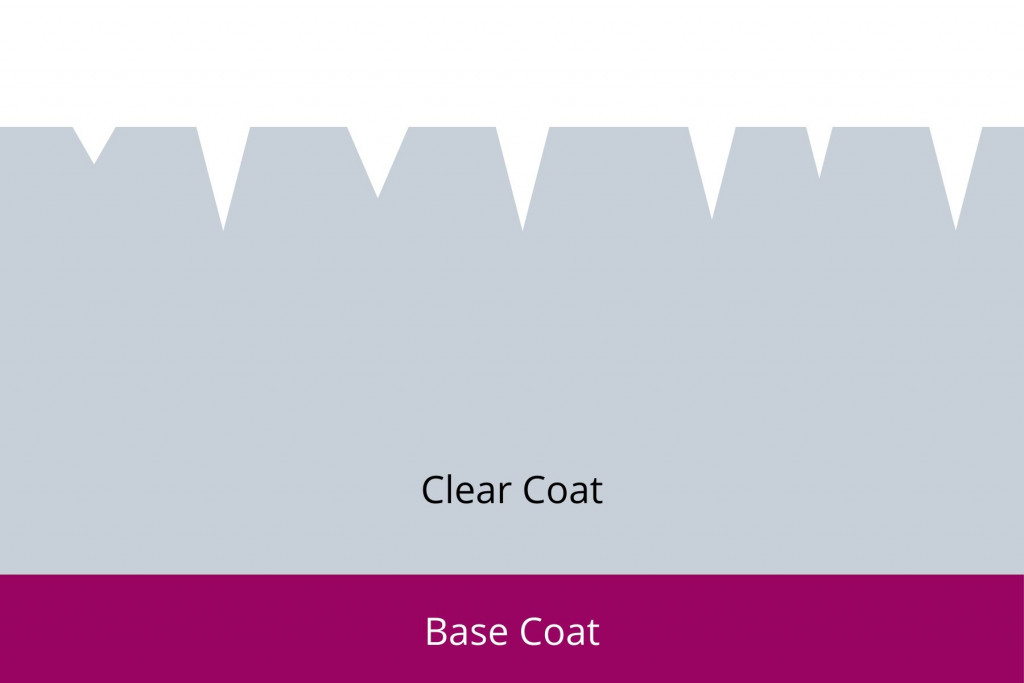
These tiny scratches in the clear coat cause the light to reflect unevenly, and makes your paint look duller. In most light, you won’t be able to see the individual scratches. But in direct sunlight, it can look like this.

Pretty ugly right? So what causes these scratches?
The most common cause is improper washing technique. This is, for example, when you use a sponge which collects dirt and grit and drags it over the paint causing it to get scratched up. Or using a normal bathroom towel rather than a microfiber towel for drying.
Check out this complete guide to washing your car without causing scratches.
How does polishing fix this?
Polishing is a way of removing these clear coat imperfections to make the paint look shiny again, even in direct sunlight.
It does this by cutting away the clear coat, and essentially removing a layer to expose a flat layer of clear coat. Check out this diagram.
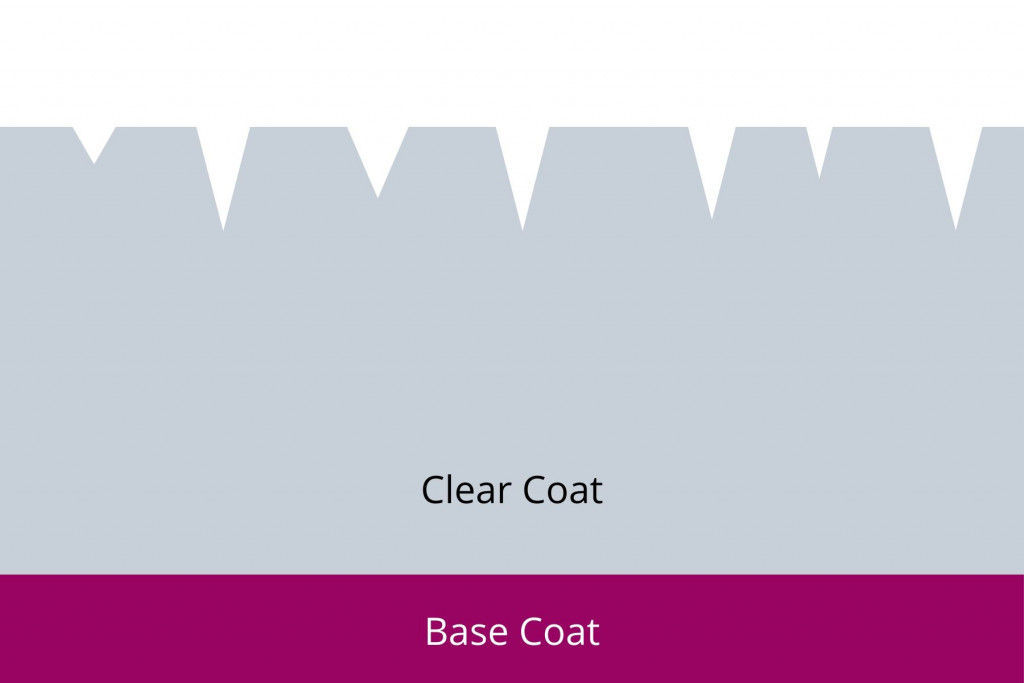
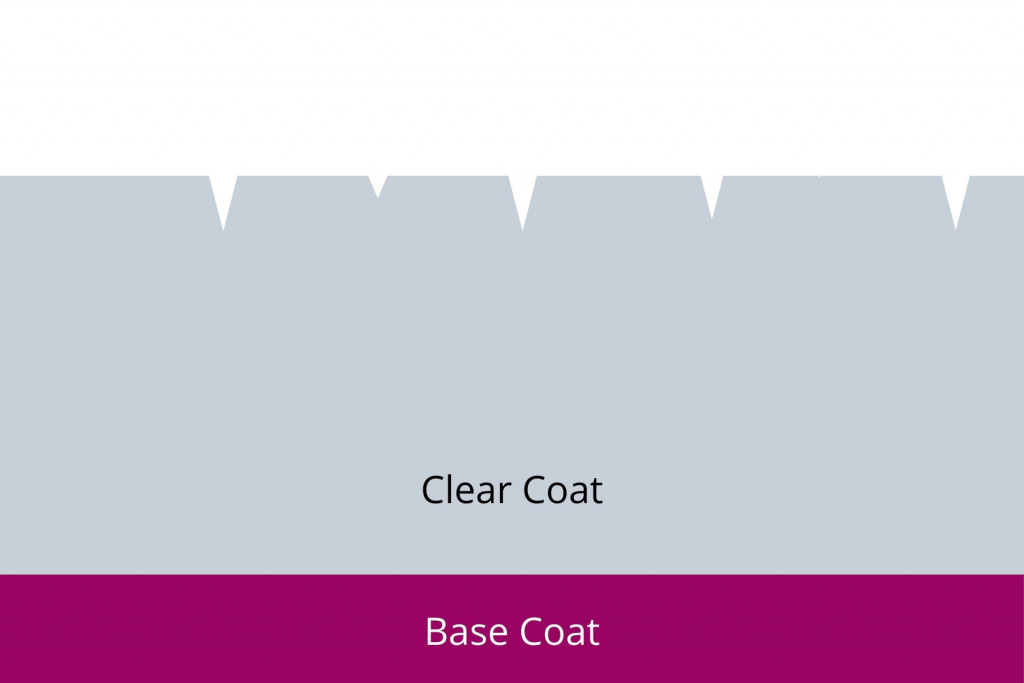
Here you can see what polishing does. Notice that there are still some scratches remaining. This is because polishing is pretty mild. Polishing cuts the paint slowly.
If you want to remove all the scratches, then you’ll need to use a compound. Compounds cut the paint faster and remove more clear coat. Check out this diagram.


I’ll talk more about the difference between compounding and polishing later.
What about New Cars then?
Surely new cars haven’t been washed improperly, and should have an even clear coat with no scratches right?
Unfortunately, this isn’t the case. Most new cars are washed at the dealership really badly, using brushes, sponges and all sorts of equipment that makes washing fast, but also scratches the clear coat.
In fact, this was the state of the paint on my brand new MX-5 when I picked it up from the dealership.
And it’s what a lot of new cars can look like.
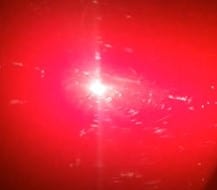
The only way to avoid this, is by asking your dealership NOT to wash the car when it arrives from the factory. But even then, there’s no guarantee that it wasn’t washed improperly at some point in it’s short lifespan before you got to see it.
Where Do You Go From Here?
Whether you’ve purchased a brand new MX-5, or a brand new Ferarri, there’s a good chance that the paint won’t be in perfect condition when it get’s to you. So what should you do?
The first thing you need to do is inspect the paint.
Fingers crossed, the damage on your new car won’t be as bad as it was on mine. But even if it is, the good new is, you can fix it.
But first, you need to know what you’re dealing with. The best way you can do this is in a garage. Switch all the lights off, and then use a decent torch to inspect the paint for swirls and scratches like this.
If you don’t have a garage, then you can either wait for it to get dark and go outside and use your torch, or park it in direct sunlight. But keep in mind that some areas of your car can look worse than others. Just because the bonnet is all scratched up, doesn’t mean the roof will be.
You need to know the condition of the paint on every section. Proper paint correction is about preserving the paint as well as refining it. Your car only has so much clear coat, and you need it to protect it from UV rays and oxidation so it won’t start looking dull and faded.
You only want to cut as much paint away as you need to when polishing, not more than what’s actually necessary.
Considering machine polishing your car? Take a look at my complete machine polishing checklist to make sure you have all the right equipment for the job.
Polish or Compound?
In order to get a glossier finish, you need to remove these surface imperfections by either polishing or compounding.
Like I said earlier, polishing cuts the paint slowly, whilst compounding cuts it faster.
If the damage is severe, like on my MX-5, then compounding is necessary to remove the scratches. Whereas if your car has lighter “swirls”, then a polish may be sufficient.
Of course, there are loads of different factors to consider as well. Some polishes are more aggressive than others. You also have these other variables to contend with:
- Are you machine or hand polishing?
- If you’re using a machine, are using using a DA or Rotary polisher?
- What size area are you covering?
- What speed are you covering the area at?
- How much compound or polishing liquid are you using?
- How hard or soft is the paint?
- What type of pads are you using?
Proper paint correction is a huge huge topic, and it’s way too complicated to go into in this article. That’s why you need to do your research before correcting the paint of any car.
Check out my article comparing polishing and compounding to learn about the differences between these two processes and help decide which is the best approach.
Thanks for reading! I hope you’ve found this article helpful. Don’t forget to check out the rest of the blog to learn most about getting your new car to look it’s best!

